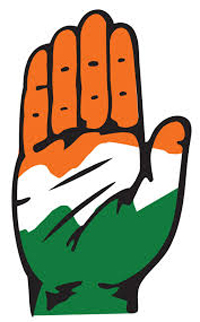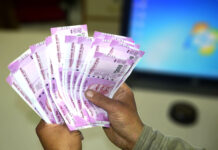by Tasavur Mushtaq
SRINAGAR: As District Development Council (DDC) election results revealed big wins and narrow defeats in Kashmir, Jammu too had its share of surprises. Known as BJP bastion and home to party’s Jammu and Kashmir Chief, Nowshera, a constituency along the hostile border between India and Pakistan gave the mandate to Peoples’ Democratic Party (PDP).

The home constituency of BJP president for J&K, Ravinder Raina, and the PDP’s win is believed to be a new trend emerging from the belt. That too with a good margin. As per the figures shared by the state election commission, the PAGD candidate from PDP, Manohar Singh bagged 10579 votes, while his rival from BJP, Mohinder Singh got 7675 votes, thereby giving a winning margin of 2904 votes.
Jammu believed to be “easy turf” for BJP has not been the same. Giving 25 seats to PAGD, the right-wing party, analysts’ say is in the “tight spot”. Observers believe that while BJP made minor inroads into Kashmir, by winning Tulail in Bandipora district, Khonmoh II in Srinagar, and Kakapora II in Pulwama, its dominance on its main turf seems to have weakened a bit.
Take the instance of the last assembly elections held in J&K in 2014. BJP in Jammu won 25 out of 37 seats, that is over two thirds. But in the DDC polls, it won 71 out of 140 seats, which is just above 50 per cent.

Putting the claim of BJP being the largest single party in context, a political observer wishing anonymity said “the BJP emerged as the single-largest party because it contested almost all the 280 seats while the second-largest party, the JKNC which won 67 seats contested only168,” he said adding the “increased vote share of BJP is because turnout in Jammu region was above 70 per cent, while in Kashmir it was almost half of that.”
Like Nowshera, the party faced a difficult situation in Doda as well where its senior leader and former minister Shakti Raj Parihar lost on two DDC seats from the Doda constituency, which he represented as a lawmaker. He is also the party’s vice-president for J&K. As per the figures revealed, in Gundana, Parihar lost by 1336 votes to Ashim Hashmi of National Conference while in Marmat, he lost by 1330 votes to Congress’s Mushtaq Ahmad.

Besides these two areas, the party’s popularity in other areas of the region is also getting low, in particular Doda, Ramban, and Rajouri. After dissecting the details, in the Assembly polls, the BJP had won both the seats in Doda but in the DDC polls, it won 8 out of 14 seats. In Ramban, it had won 1 out of 2 in 2014 but in the DDC polls, it had to settle for 3 out of 14. Then in Rajouri, the BJP had won 2 out of 5 seats in the Assembly polls but now has been reduced to 2 out of 13.
Same holds true for PDP, he said. “PDP won 27 out of 68 and have a strike rate of close to 40 per cent.” Fighting on fewer seats, an insider said was due to “hostility of the system, disintegration as many leaders left the party and also the dividing of the cadre,” he said adding “NC has cadre strength, which is not true for PDP.”
On the other side, wiped from the scene in the last assembly elections from Jammu region, NC has made a comeback. It did particularly well in Kishtwar and Ramban, winning 6 seats each and 5 in Rajouri. A resident of the old city in Srinagar, Mushtaq Ahmad said, “In fact, it is the NC and not the BJP that has emerged as the party with a sizable presence in both regions.”















